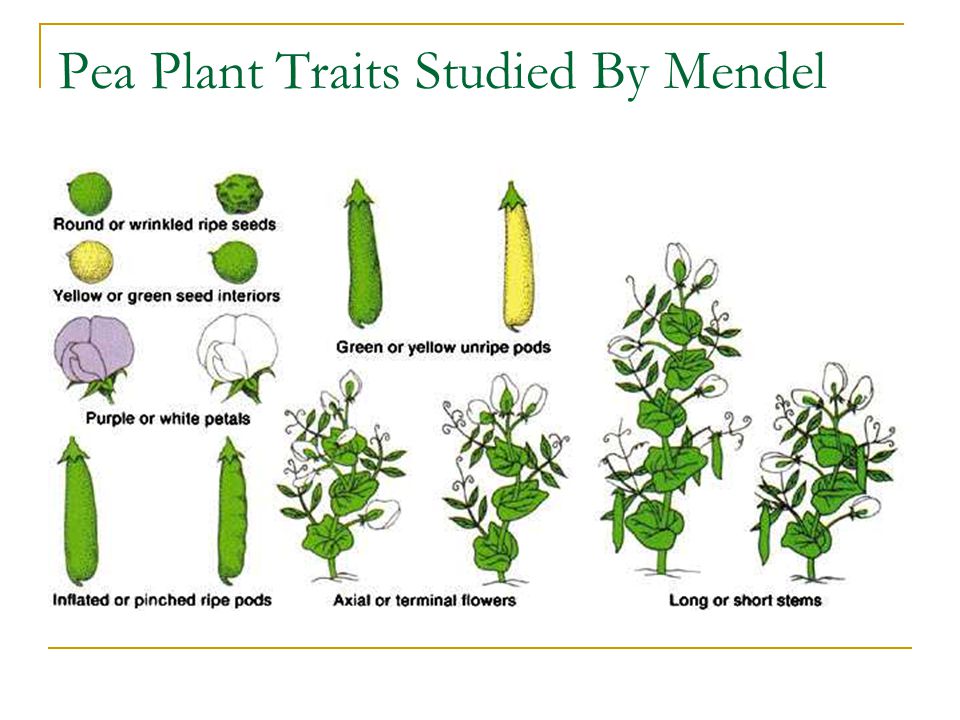Thus Darwin's theory was not a recipe for change, but for constancy. Lucky flukes might arise from time to time, but they would soon vanish under the general impulse to bring everything back to a stable mediocrity. If natural selection were to work, some alternative, unconsidered mechanism was required.
因此從動態(tài)的觀點來看,達爾文的理論顯然是站不住腳的,它只能解釋靜態(tài)的事物。在進化過程中,特異現(xiàn)象時有發(fā)生但是它們很快就會消失,因為生物體總是傾向于使一切都回歸于平常。如果自然選擇要起作用的話,就得需要某種尚未發(fā)現(xiàn)的替代機制。
Unknown to Darwin and everyone else, eight hundred miles away in a tranquil corner of Middle Europe a retiring monk named Gregor Mendel was coming up with the solution.
達爾文和其他所有人都不知道的是,關(guān)于這個問題,遠在1200公里外的歐洲中部的一個不起眼的角落,一個名為格列高利·孟德爾的離群索居的修道士將會提供一個答案。

Mendel was born in 1822 to a humble farming family in a backwater of the Austrian empire in what is now the Czech Republic. Schoolbooks once portrayed him as a simple but observant provincial monk whose discoveries were largely serendipitous — the result of noticing some interesting traits of inheritance while pottering about with pea plants in the monastery's kitchen garden. In fact, Mendel was a trained scientist — he had studied physics and mathematics at the Olmutz Philosophical Institute and the University of Vienna — and he brought scientific discipline to all he did. Moreover, the monastery at Brno where he lived from 1843 was known as a learned institution. It had a library of twenty thousand books and a tradition of careful scientific investigation.
孟德爾1822年出生于奧地利帝國的一個偏僻小鎮(zhèn)(現(xiàn)屬捷克共和國)的一個貧苦農(nóng)民家庭。中學(xué)課本曾將他描述為一個單純的鄉(xiāng)下修道士,有比較敏銳的觀察力,他的很多發(fā)現(xiàn)很大程度上都帶有偶然的成分——他在修道院的菜園里種植豌豆的時候發(fā)現(xiàn)了一些很有意思的遺傳特點。事實上,孟德爾是一個訓(xùn)練有素的科學(xué)家——一他曾經(jīng)在奧爾慕茨哲學(xué)研究所和維也納大學(xué)攻讀過物理學(xué)和數(shù)學(xué)——他對他所研究的一切進行了非常科學(xué)的整理和歸納。不僅如此,從l843年起,他所供職的修道院成了一個非常有名的學(xué)術(shù)中心。修道院有個擁有2萬冊藏書的圖書館,具有嚴謹?shù)目茖W(xué)研究的傳統(tǒng)。
Before embarking on his experiments, Mendel spent two years preparing his control specimens, seven varieties of pea, to make sure they bred true. Then, helped by two full-time assistants, he repeatedly bred and crossbred hybrids from thirty thousand pea plants.
在著手他的實驗之前,孟德爾花了兩年時間培育研究所需的標本。他選擇了七種不同的豌豆,在確保它們繁殖純種之后,他在兩個全職助手的幫助下開始反復(fù)種植這些豌豆并將其中的30000株進行雜交。












